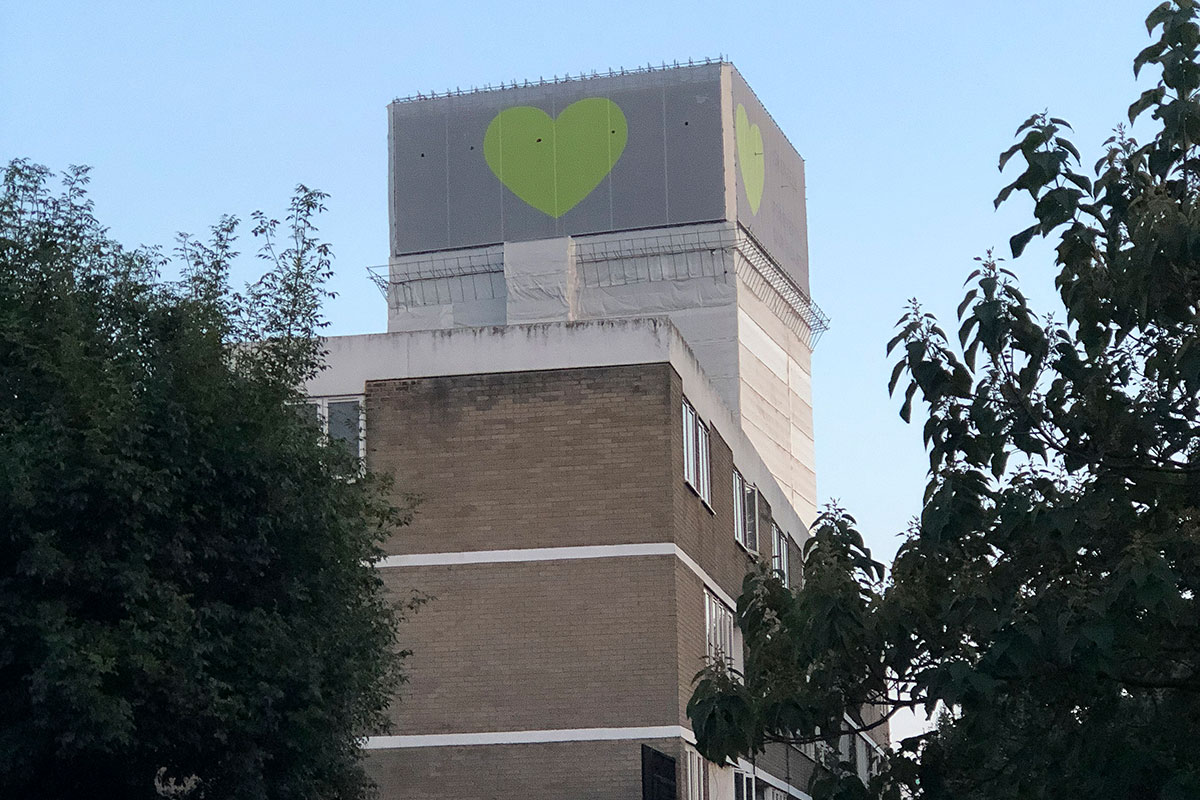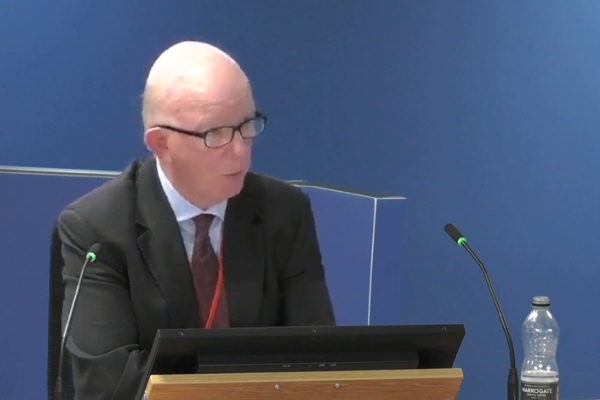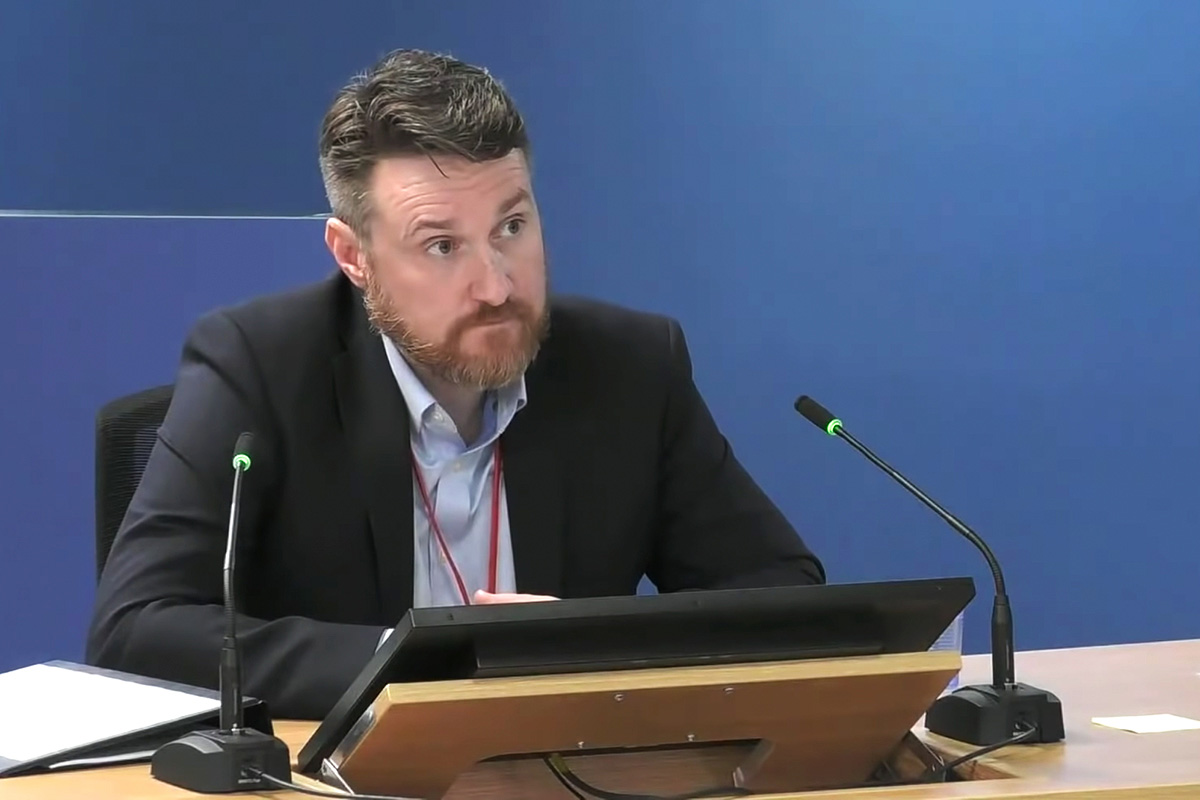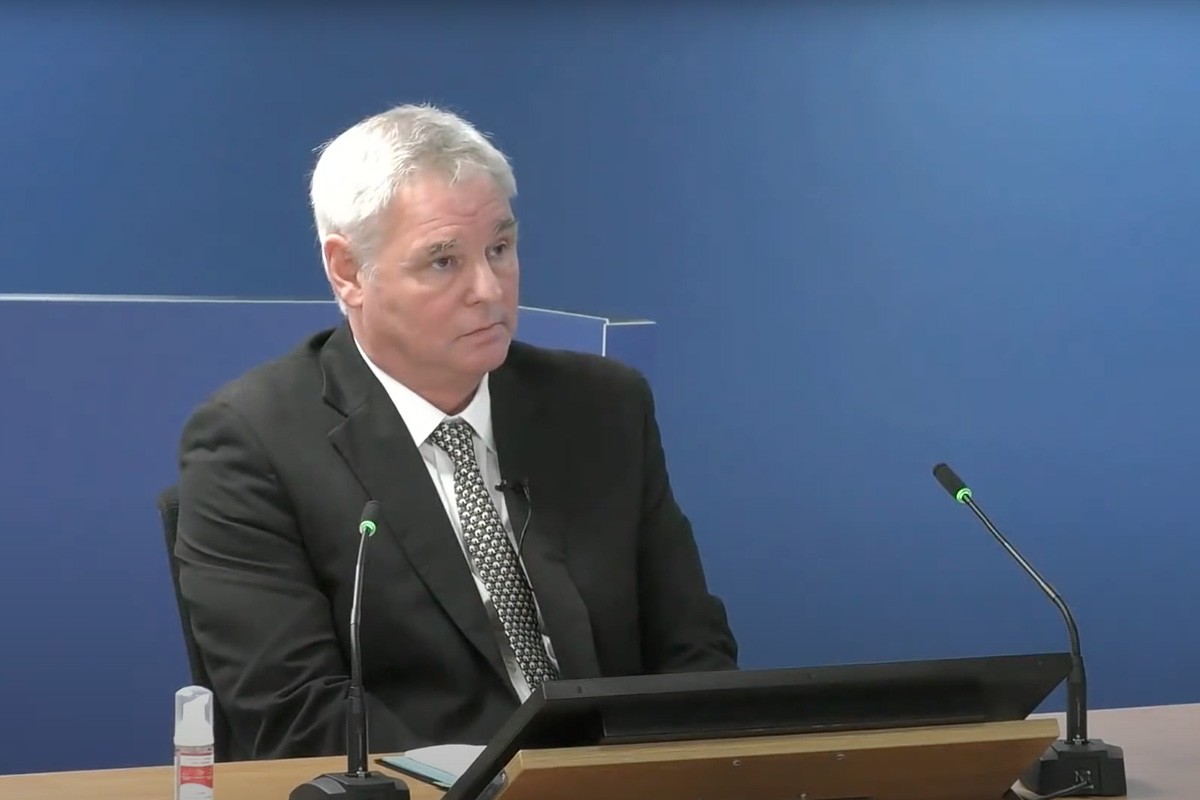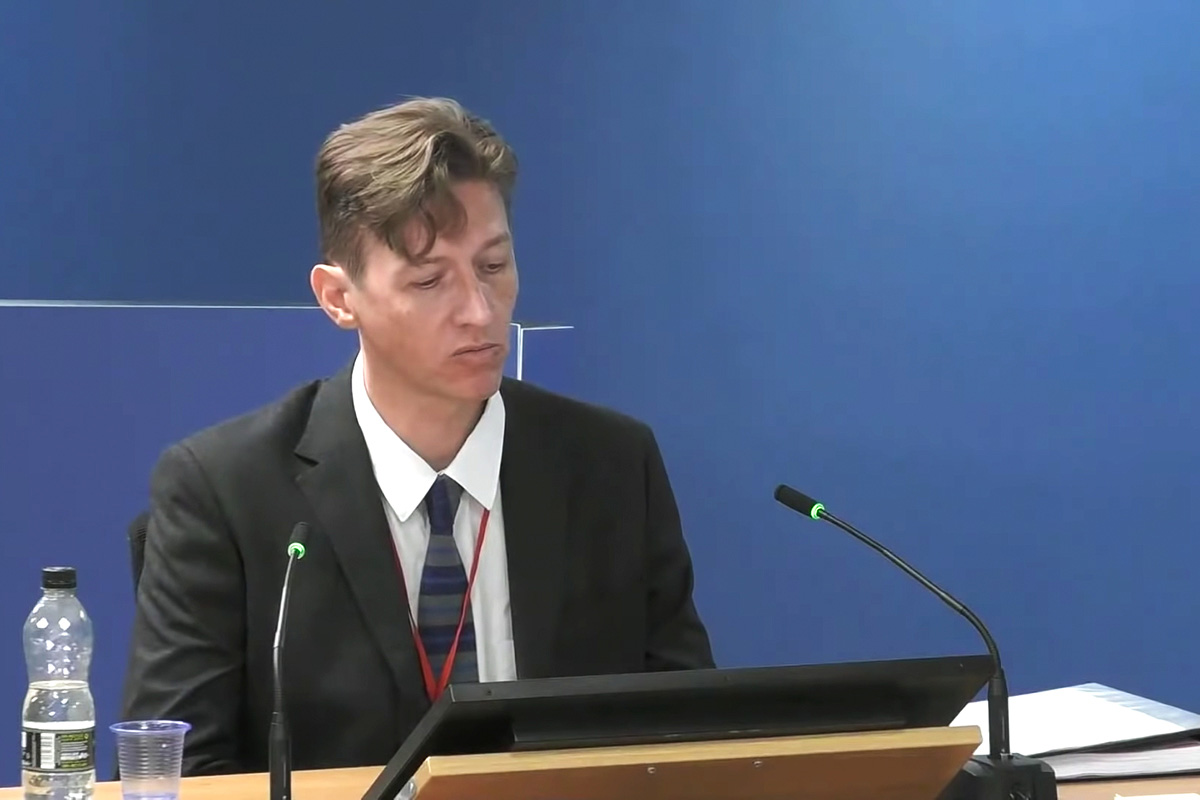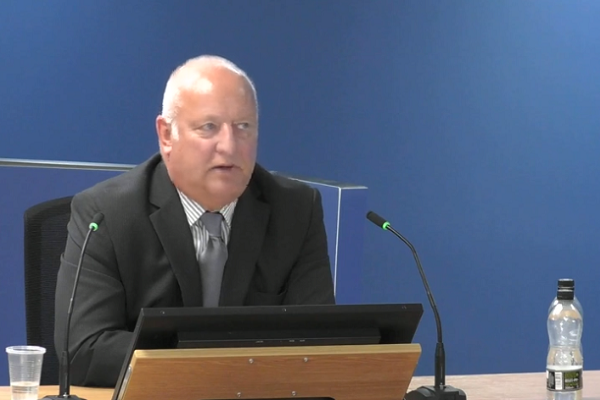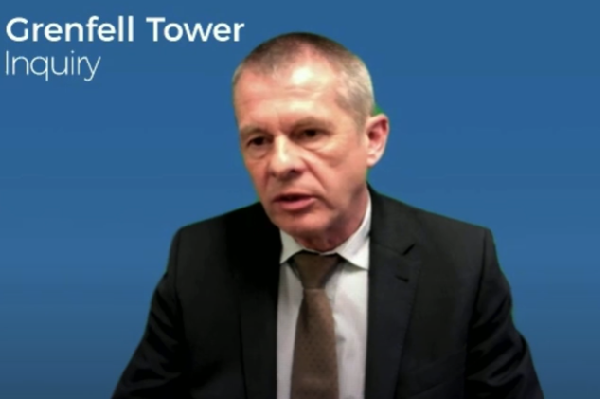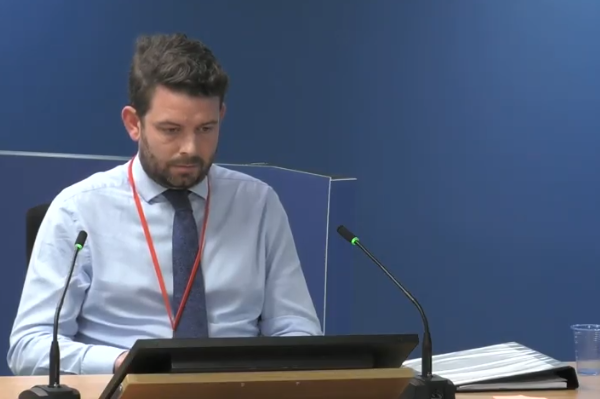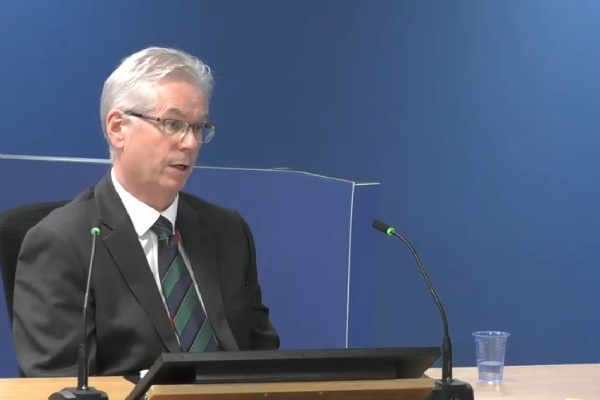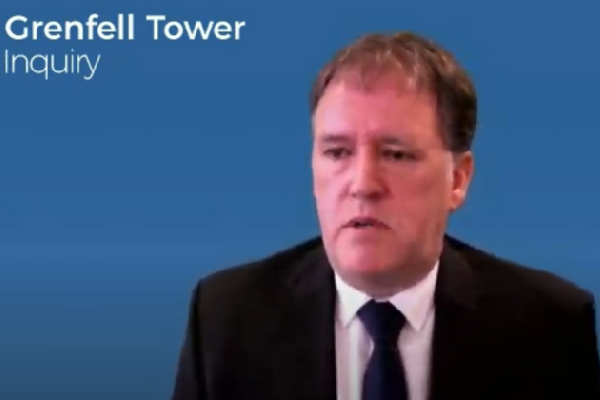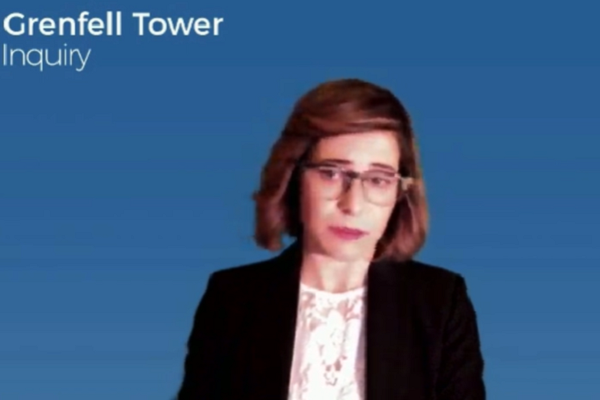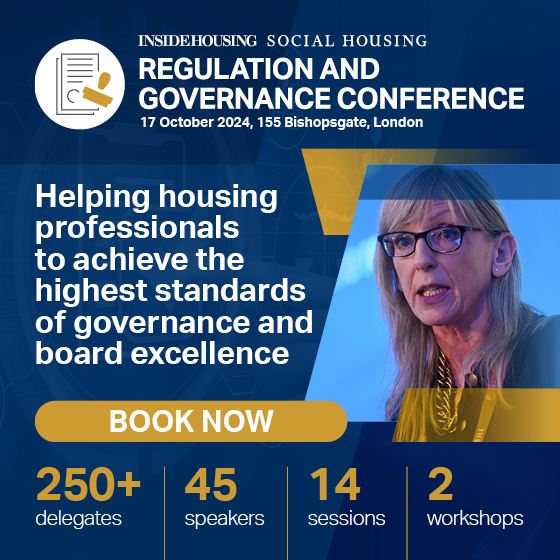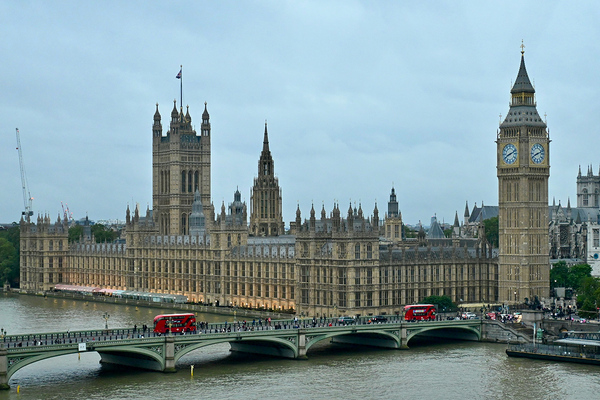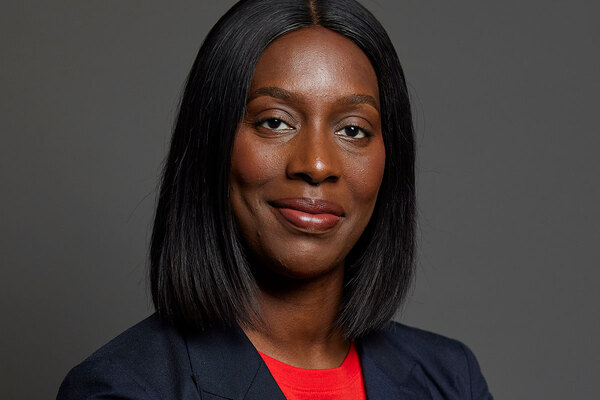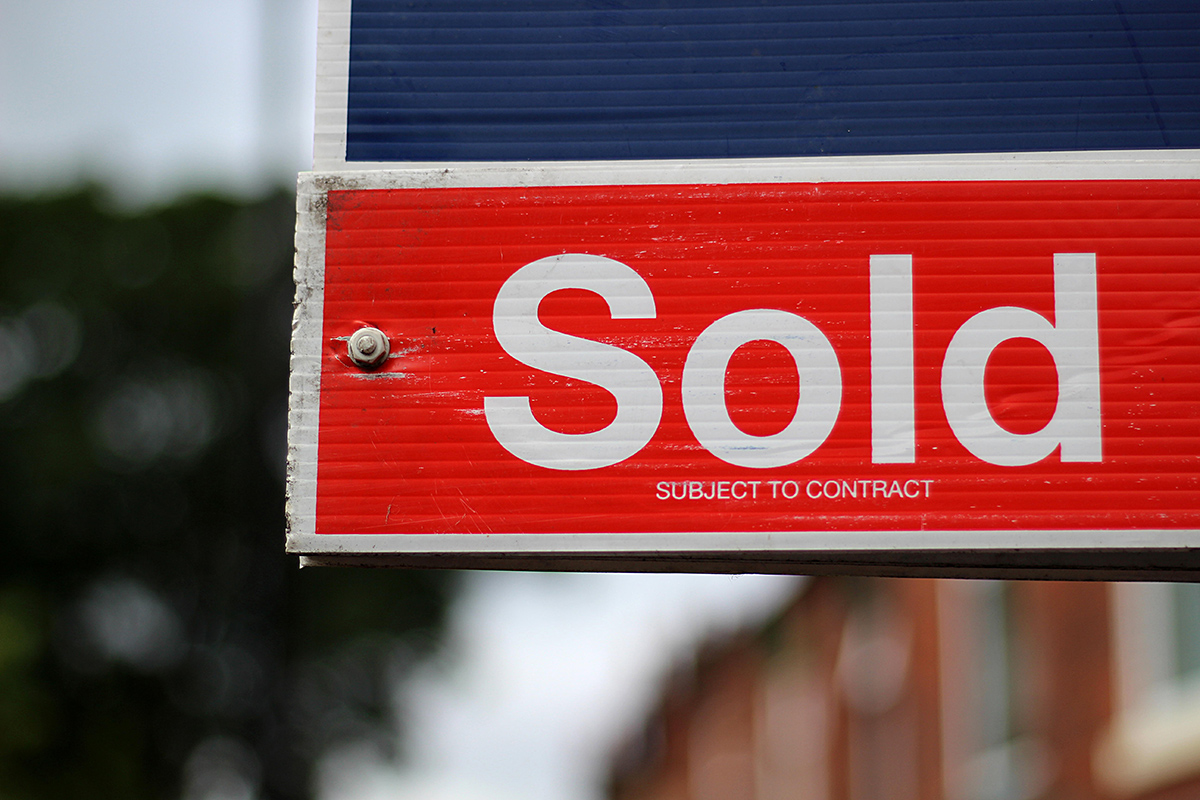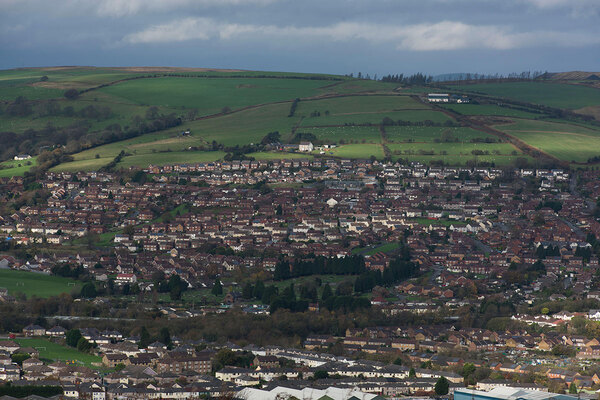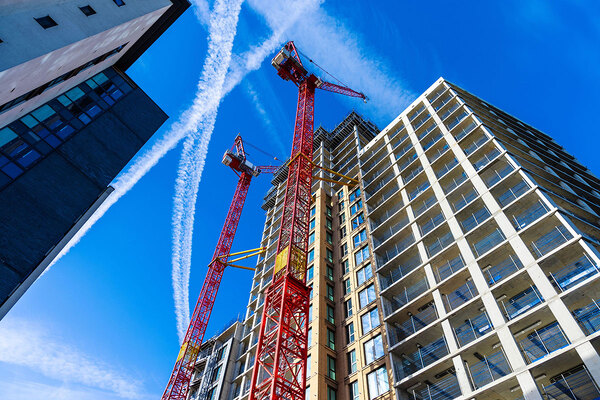What the Grenfell Tower Inquiry report said about the key players in the disaster
From social housing providers to architects, the final Grenfell Tower Inquiry report did not hold back in delivering criticism. Peter Apps and James Riding run through the comments on the key players
The Grenfell Tower Inquiry’s final report on the “utterly avoidable” deaths of 72 people in west London in June 2017 has finally been published.
But what did it have to say about the key players we have heard so much about over the past four years?
Here, we break down the key findings about each of the major participants.
Royal Borough of Kensington and Chelsea
Role: The council. The Royal Borough of Kensington and Chelsea (RBKC) was responsible for management of fire safety at Grenfell Tower along with Kensington & Chelsea Tenant Management Organisation (KCTMO).
It funded the refurbishment of Grenfell Tower with combustible cladding in 2015-16 and also led the response to the fire, along with central government.
What the report found: The council’s oversight of KCTMO’s performance was “weak” and did not provide “independent or rigorous scrutiny” of its fire safety duties.
RBKC’s building control did not properly scrutinise the design or choice of materials in the 2015-16 refurbishment of Grenfell Tower with combustible cladding. It, therefore, “bears considerable responsibility” for the dangerous condition of the building after refurbishment.
RBKC’s response to the fire was “muddled, slow, indecisive and piecemeal”. The council’s systems and leadership were “wholly inadequate” to the emergency, and it should have done more to cater to residents from diverse backgrounds. It did not have an effective plan to deal with many displaced people and had failed to train its staff adequately.
Nicholas Holgate, chief executive of RBKC at the time, “had no clear plan” and did not receive all the information he needed. He was “not well suited” to the crisis and was “unduly concerned for RBKC’s reputation”.
Kensington and Chelsea Tenant Management Organisation
Role: Grenfell Tower’s social housing provider. Managed the whole of RBKC’s housing stock, with duties including repairs, maintenance and fire safety
What the report found: From 2011 to 2017, the relationship between KCTMO and its residents was “increasingly characterised by distrust, dislike, personal antagonism and anger”. It “lost sight of the fact that the residents were people who depended on it for a safe and decent home”.
KCTMO “allowed” this relationship with its customers to deteriorate, which the report said was “a serious failure on its part to observe its basic responsibilities”.
There were “chronic and systemic failures” in the TMO’s management of fire safety. A fire safety strategy had not been finally approved by the time of the Grenfell Tower fire. Robert Black, chief executive of KCTMO, showed “entrenched reluctance” to inform RBKC and the TMO board on fire safety matters.
The TMO continued to rely “uncritically” on fire risk assessor Carl Stokes (see below) to carry out fire risk assessments, despite concerns from the London Fire Brigade.
KCTMO developed a “huge backlog” of remedial work that it never managed to clear and its senior management failed to treat defects with the seriousness they deserved.
KCTMO “manipulated” the procurement process for the 2015-16 renovation of Grenfell Tower to appoint its favoured architect, Studio E, and emphasised “saving cost”. It “paid insufficient attention to matters affecting fire safety” and therefore “must bear a share of the blame for the disaster”.
However after the fire, it was recognised that KCTMO staff “threw themselves into the response” and helped to provide support. In its response to the fire, KCTMO was “unfairly tainted by association with RBKC”.
Rydon
Role: Principal contractor for the refurbishment of Grenfell Tower with combustible cladding in 2015-16.
What the report found: Rydon was able to offer a “substantial saving” in the cost of the renovation by using aluminium composite material (ACM) cladding panels.
It gave “inadequate thought” to fire safety, to which it displayed a “casual attitude” and failed to co-ordinate design work properly.
The contractor had an “inexperienced team” on the refurbishment that did not have sufficient knowledge of building regulations, and relied “entirely” on cladding subcontractor Harley Facades to draw attention to any errors in the design.
It was “complacent” about the need for fire engineering advice and failed to realise that the fire safety strategy had not been completed.
For these reasons, Rydon “bears considerable responsibility” for the fire.
Harley Facades
Role: Cladding subcontractor for the refurbishment of Grenfell Tower with combustible cladding in 2015-16
What the report found: Harley Facades “failed in many respects” to meet the standards of a reasonably competent cladding contractor. It did not concern itself sufficiently with fire safety at any stage of the refurbishment and “appears to have thought that there was no need” to do so.
It was “induced” to buy flammable cladding panels by its existing relationship with Arconic and the fabricator, with which it was able to negotiate a favourable price. Its staff were “unaware” of fire safety guidance in building regulations and “did not understand” the underlying testing regime.
As a result, Harley Facades “bears a significant degree of responsibility” for the fire.
Exova
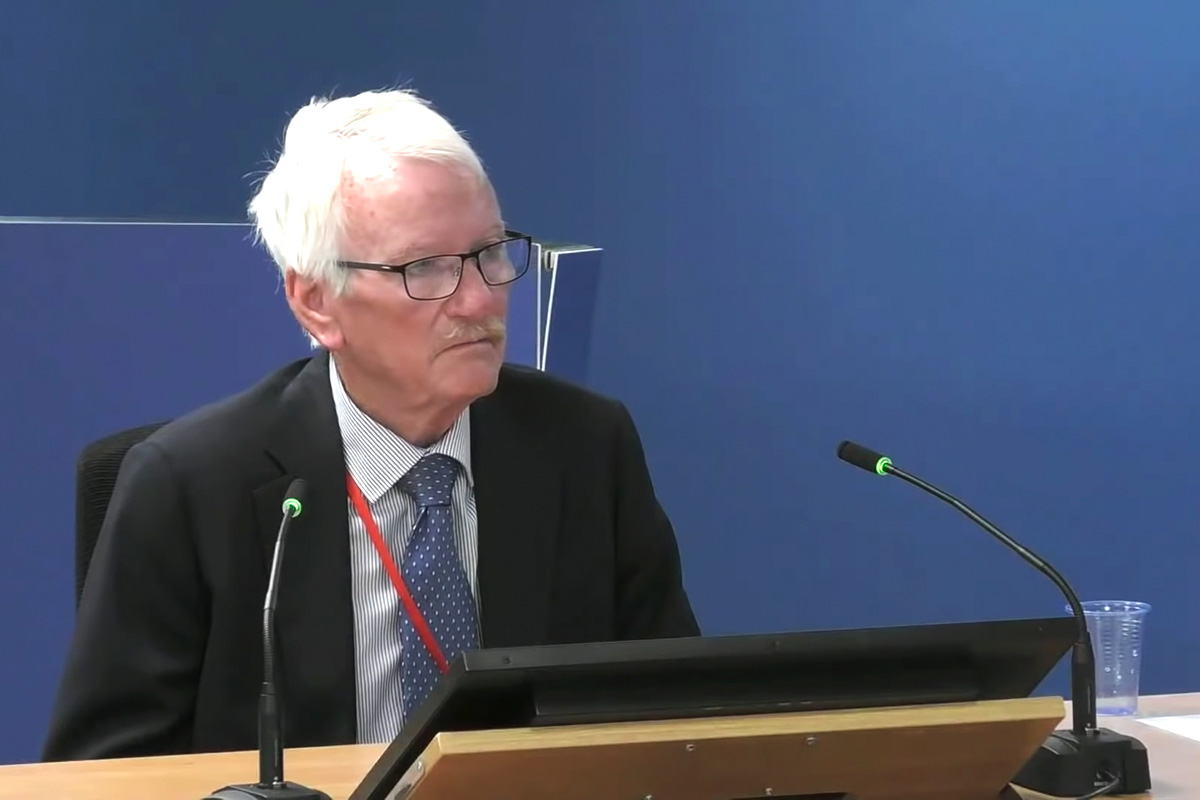
Role: Fire engineer. Instructed by Studio E on behalf of KCTMO to prepare a fire safety strategy for Grenfell Tower in its refurbished form.
What the report found: A draft of the fire safety strategy was “prepared but never completed”. None of those responsible for drafting the strategy visited the tower.
Exova’s attitude was “wholly inconsistent” with the careful approach to be expected of “reasonably competent” fire engineers.
Exova, therefore, “bears considerable responsibility” for the fact that Grenfell Tower was in a dangerous condition after the refurbishment.
Studio E
Role: Architect for the refurbishment of Grenfell Tower with combustible cladding in 2015-16. Responsible for the design of the external wall and for the choice of materials used in its construction.
What the report found: It was Studio E’s responsibility to determine whether the use of ACM panels would comply with building regulations and advise KCTMO accordingly, the report said.
But the firm failed to recognise that ACM was dangerous and to warn the TMO against its use. It also failed to recognise that Celotex insulation was combustible and not suitable for a building taller than 18 metres.
It failed to ensure that Exova completed the fire safety strategy for the refurbished building.
For all these reasons, Studio E “bears a very significant degree of responsibility for the disaster”.
Carl Stokes
Role: KCTMO’s only fire assessor for its entire estate.
What the report found: Mr Stokes was “allowed to drift into” his role without any formal selection process. He had “misrepresented” his experience and invented some of his qualifications.
He was “ill-qualified” to carry out fire risk assessments on buildings the size and complexity of Grenfell Tower, let alone to hold the entire TMO portfolio. Mr Stokes’ methods for carrying out fire risk assessments suffered from “serious shortcomings”.
Mr Stokes often failed to check whether KCTMO had taken action in response to the risks he had identified in previous assessments.
Arconic
Role: Cladding manufacturer. Arconic made and sold the Reynobond PE 55 sheets with the polyethylene core that formed the external surface of the deadly cladding system on Grenfell Tower.
What the report found: The inquiry said Arconic had “deliberately concealed from the market” the “true extent” of the danger of using its polyethylene-cored cladding panels, despite having discovered the devastating fire performance in testing from as early as 2005.
But instead of taking it off the market, the firm “sought to exploit what it perceived to be a weak regulatory regime in the UK, while withholding from the market relevant information about the product’s fire performance”, the report said.
Staff were found to have directly lied to customers about the risk of using its cladding in a particularly dangerous configuration and the firm's technical manager was said to have “deliberately and dishonestly” misled certifying body the British Board of Agrément (BBA) in order to obtain a crucial certificate.
The report said the firm “must take responsibility for the use of Reynobond PE 55 on Grenfell Tower” because it knew the sale had been achieved with the help of the BBA certificate, which “it was well aware gave a misleading impression” about the fire performance of the product.
Celotex
Role: Celotex made RS5000, the majority of the combustible insulation used behind the cladding panels on the walls of Grenfell Tower.
What the report found: Celotex had “rigged” an official fire safety test on a system containing its product, by strategically placing fire-resisting boards around the thermocouples that monitor temperature and determine the pass/fail criteria. The firm then deliberately hid that it had done this in reports and marketing material, and obtained certificates which said the product could be used on high rises.
Celotex was said to have “embarked on a dishonest scheme to mislead its customers and the wider market” in order to break into the market for insulation on high-rise buildings.
Kingspan
Role: Kingspan made K15 insulation, a market leader for high-rise buildings, a small amount of which was used on Grenfell.
What the report found: Kingspan was criticised for its actions in creating what was called a “false market” for combustible insulation products on high rises, which Celotex then tried to compete in.
It did this by passing a test on a system containing its insulation in 2005, but misrepresenting the results of this test to suggest that the product (rather than the whole system) was suitable for use on tall buildings.
The firm was said to have “cynically exploited the industry’s lack of detailed knowledge” of regulations and obtained misleading certificates to support its claims.
The report said Kingspan’s strategy was “to go after every job” and that its “false claims” about its product were “not being made in error by rogue junior employees, but with the knowing approval of a senior manager”.
It said the story of Kingspan’s development and marketing of the K15 insulation product for use on high-rise buildings was one of “deeply entrenched and persistent dishonesty… in pursuit of commercial gain”.
The Building Research Establishment
Role: A testing house for product manufacturers and an advisor to the government on building science.
What the report said: The Building Research Establishment (BRE)’s facilities were used for key tests by Kingspan and Celotex, and the report found serious shortcomings in its actions relating to them.
The report found that despite his denials, burn hall manager Philip Clark must have known that Celotex had placed fire-resisting boards on the rig and may even have destroyed evidence which would have proven this.
Discussing Mr Clark’s conduct, the report said he “did not know where to draw the line and crossed it on various occasions”. It blamed the BRE’s more senior management for allowing the organisation to “become much closer to its clients” and having “no independent supervision to make sure conflicts of interest were properly managed”.
“Scientific rigour and independence were sacrificed in favour of financial sustainability,” it said.
“Much of the work carried out by the BRE was marred by unprofessional conduct, inadequate practices, a lack of effective oversight, poor reporting and a lack of scientific rigour,” it said.
The report also criticised the BRE's advice to the government. It singled out a project where it studied the impact of real world fires, but agreed not to make any recommendations for policy change as a result.
“In our assessment, the operation of the project epitomised what had gone wrong in the BRE’s relationship with the government,” the report said. “What was needed was proper independent advice, which the department did not want to receive.”
The British Board of Agrément
Role: The BBA provides product certificates assuring the industry that various materials meet the standards claimed by their manufacturer
What the report found: The BBA provided certificates for Arconic's Reynobond PE55, as well as Kingspan's K15. The former is particularly significant to this story as it is the primary tool Arconic used to win UK sales, including Grenfell Tower.
The BBA came in for severe criticism in this regard, with the report saying the dishonest strategies of the corporates succeeded “in a large measure due to the incompetence of the BBA… and an ingrained willingness to accommodate customers instead of insisting on high standards”.
All Inside Housing’s breaking stories on the Grenfell Inquiry Phase 2 report
KCTMO responsible for ‘chronic and systemic’ safety failings before Grenfell fire, inquiry concludes
Grenfell’s social housing provider was responsible for “chronic and systemic failings” in fire safety management, as well as a “toxic” relationship with the tower’s residents, who came to regard it as an “uncaring and bullying overlord that belittled and marginalised them”
Failed by ‘incompetence, calculated dishonesty, and greed’: reactions to Grenfell Tower Inquiry report
Inside Housing is highlighting responses to the second and final Grenfell Tower Inquiry report
The Grenfell Tower Inquiry report may not have made recommendations to social landlords, but it is still a major call for change
Today’s Grenfell Tower Inquiry report surprisingly stopped short of making recommendations for social housing providers. But it did ask them to read it and reflect. This is homework which should be taken seriously, writes Peter Apps
Grenfell Inquiry report elects not to make specific recommendations for social housing providers
The Grenfell Tower Inquiry has made no fresh recommendations for social landlords in its long-awaited Phase 2 report, saying recent legal changes are sufficient to drive reform
‘Complacent’ government ‘well aware’ of cladding risks before Grenfell fire but ‘failed to act’
A “poorly run”, “complacent” and “defensive” government department “failed to act on what it knew” about dangerous cladding in the years before Grenfell, amid an enthusiasm for deregulation which “dominated” its thinking
‘Systematic dishonesty’ by product manufacturers ‘very significant reason’ for Grenfell’s deadly cladding, inquiry concludes
“Systematic dishonesty” by product manufacturers was a “very significant reason” why Grenfell Tower was clad in such dangerous materials, the inquiry report into the fire has concluded
Social landlords must be ‘held to account’ for safety of homes, prime minister says
Sir Keir Starmer has pledged to make sure social landlords are “held to account” for the safety of the homes they provide, in a statement following the publication of the Grenfell Tower Inquiry’s second and final report
Sign up for our daily newsletter
Already have an account? Click here to manage your newsletters
Sign up to the Regulation and Governance Conference 2024
At a time of major regulatory change, the Regulation and Governance Conference is designed to give board members and governance and risk professionals the insight they need to plan and prioritise effectively.
Join more than 250 delegates and 45 speakers to confidently navigate the change ahead and ensure you have the right governance structures and assurance frameworks to keep tenants safe and run a viable business.
